All it takes to make peanut butter at home is peanuts and a few minutes with a food processor. Fully customizable to suit your tastes, it's easy to make and better than store bought!
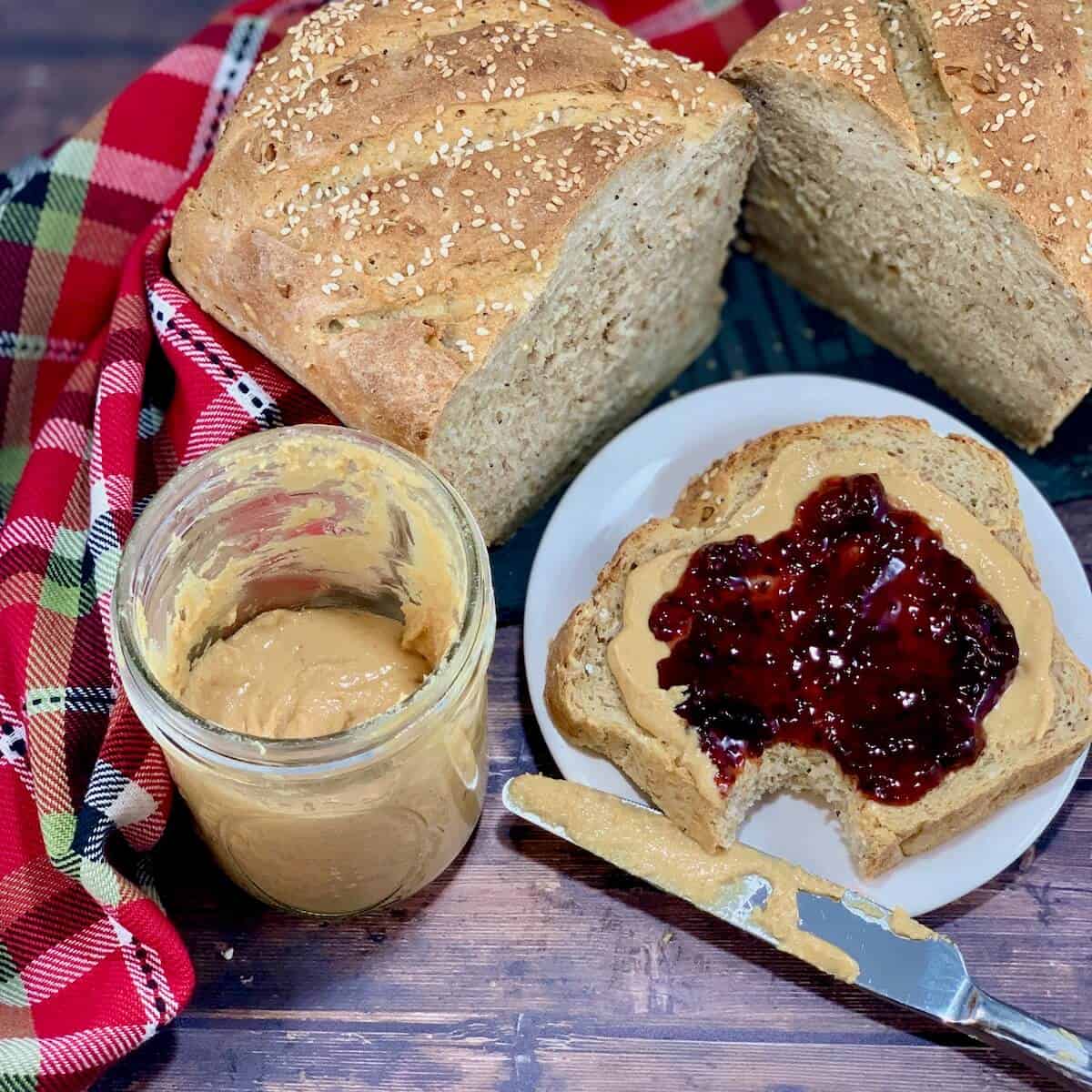
Jump to:
[February, 2022: I've reworked the recipe and updated this post with all new pictures. Enjoy!]
Why this recipe works
- Make peanut butter with a food processor in about 10 minutes with only 1 to 2 ingredients
- Customize the sweetness, saltiness, smoothness to your liking
- Use your favorite nuts to make other homemade nut butters!
I've said it before, most likely any item that you make yourself will be better than anything you can buy at the store. Think Caesar salad dressing, blue cheese dressing, hot fudge, and chocolate syrup. No additives or preservatives needed.
And now it's time to make an all-natural homemade peanut butter.
It's quick, easy, fun, and customizable to suit your tastes. Homemade creamy peanut butter isn’t as smooth as store bought, but it's so yummy you'll never want to eat commercial peanut butter again!
To whit - my husband isn't a big peanut butter fan (he will only eat it with celery, and vice versa). However, he's been eating my homemade peanut butter so fast, I'm having to keep a jar of unsalted roasted peanuts in the cupboard at all times. Yup, I've spoiled him for any commercial peanut butter brand.
Making it yourself pays off again!
Recipe ingredients
You'll need the following ingredients to make this homemade peanut butter recipe:

Ingredient Notes
Peanuts: Use unsalted, dry-roasted peanuts. If the jar doesn’t specify dry-roasted, the peanuts will likely be roasted with oil(s). I want to be able to control how much oil I use, if any. You can also use raw nuts if you wish.
You'll want enough peanuts to fill your food processer about half full.
Salt: Using salt is optional, but a little bit really amplifies the flavor.
Sweetener: Again, it's optional. Use a little bit of sweetener to suit your taste, be it sugar, honey, maple syrup, golden syrup, or your sweetener of choice.
Oil: For a creamier product, add 1 to 2 tablespoons peanut oil or another neutral oil when adding in the salt. Peanut oil is best, but any unflavored oil will work.
See the recipe card for a full list of ingredients and measurements.
Customize your nut butter
You don’t have to limit yourself to peanuts to have a homemade nut butter (especially if there’s a peanut allergy around). Almond butter, cashew butter, and sunflower butter are but a few examples for homemade nut butters. Or, use toasted sesame seeds to make homemade tahini. Choose your favorite!
Another way to customize your peanut butter is by using spices, like with this spicy peanut butter. It's a different take on a family staple!
Equipment Notes
Pounding peanuts into paste would have been the only method available to folks in the past (and hard to say three times fast!). Luckily we have electricity. And with it, a food processor.
So for us, this easy peanut butter recipe takes only about five minutes to make, ten minutes if you count warming the already dry-roasted peanuts available in most supermarkets. Okay, 15 minutes if you’re going to roast peanuts from raw, but let’s not get carried away here.
You might ask why I’m warming peanuts that are already roasted? It isn’t strictly necessary, but warming the oils in the nut itself allows for a creamier final product.

How to make homemade peanut butter
The beauty of a homemade peanut butter recipe is its simplicity: take shelled and roasted peanuts and grind them up into a paste. That, in a nutshell, is it.
Step 1: Warm the peanuts in the oven
This step is optional but it helps to warm up the peanuts and loosen the oils for easier blending and a creamier finished product.
Place roasted peanuts on a half sheet baking pan lined with a Silpat silicone mat or parchment paper. Bake 350°F for 5 minutes, then transfer the warm peanuts into the bowl of a food processor fitted with the blade attachment or into a blender (photo 1).
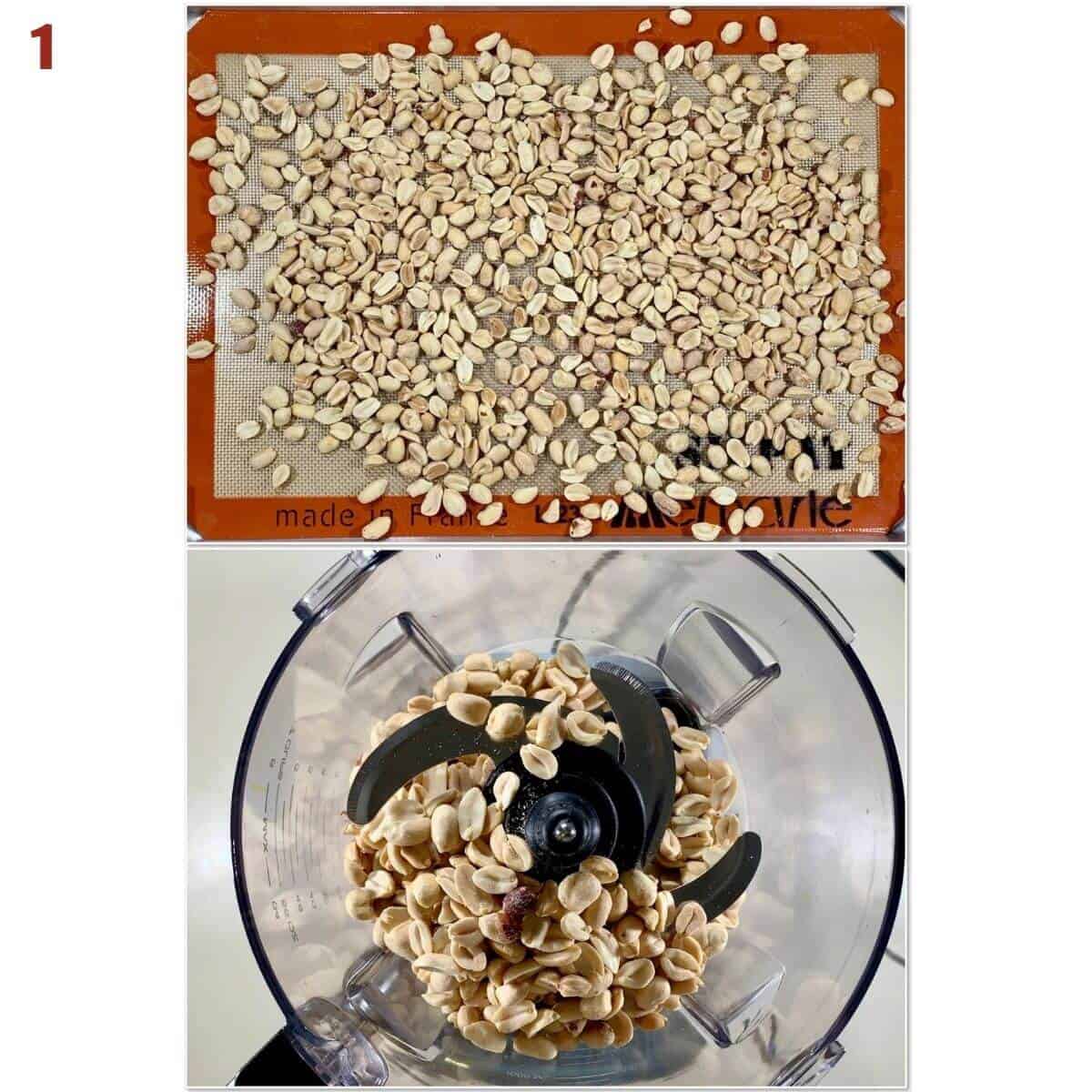
Step 2: Pulse the peanuts
Pulse the peanuts a few times to start getting them chopped. For chunky peanut butter, this is when to remove about ⅓ cup of the chopped nuts and set them aside. Now you're going to chop the peanuts and scrape down the sides several times.
1st round: Run the processor continuously for one minute, then stop and scrape down the sides of the bowl. The peanuts will look dry and grainy (photo 2).

2nd round: Run the processor for another minute, then stop and scrape down the sides of the bowl. The peanuts will start clumping together (photo 3).

3rd round: Run the processor for another minute, then stop and scrape down the sides of the bowl. Now it will start looking like thick, glossy peanut butter (photo 4). Almost there!

Add the salt, if using (photo 5). For a sweeter product, add 1 to 2 tablespoons honey or another sweetener when adding in the salt. For creamier peanut butter, add 1 to 2 tablespoons peanut oil or another neutral oil.

4th round: Run the processor for one to two minutes more until the peanut butter is completely smooth and spreadable (photo 6). If you set aside some of the chopped peanuts, quickly pulse them in.
Transfer the product to a clean jar. If you warmed the peanuts first, allow the peanut butter to cool to room temperature before closing the jar.

Storage instructions
Homemade peanut butter will last refrigerated in a sealed container for up to 3 months. There’s no need to stir it as it won’t separate, so you can enjoy it immediately!
How to use homemade peanut butter
Peanut butter is such a flavorful ingredient, and there are so many ways it can be used:
- Slather on toast for breakfast or snack, or stir into morning oatmeal. Start the day with a protein boost!
- Put it on two bread slices, like Multigrain Sourdough Bread or Colonial Bread, for the classic peanut butter and jelly sandwich (made with Homemade Strawberry Freezer Jam, of course!). A peanut butter and honey sandwich is great, too!
- Make peanut butter cookies (like Peanut Butter M&M Cookies), no bake rice krispie cookies, or Thai peanut sauce.
- Make homemade peanut butter cheerios or homemade peanut butter granola for a fun new take on breakfast.
- Swirl a bit through softened chocolate or vanilla ice cream or through the batter for chocolate brownies before baking.
- Make another classic sandwich, New England’s Fluffernutter - it’s a peanut butter and marshmallow fluff sandwich, and I have just the recipe for homemade Marshmallow Creme ready.
- Make peanut butter frosting to top off your favorite cakes and cupcakes, like these eggless chocolate cupcakes.
- Eat directly off the spoon for a quick snack!

Questions asked and answered
Here are some questions you might have...
Because natural peanut butter only contains peanuts (and no preservatives), its oils can go rancid and spoil if kept at room temperature after a time. Plus, it's more likely to separate if left out for long periods of time. However, it is ok to leave the peanut butter out on the counter for an hour or so to make it more spreadable.
The first answer is smell. If the oils have gone bad, the peanut butter can smell sharp, soapy, or bitter. Also, if the product itself is hard and dry or off-color, it's best to discard it and make some more.
This product won’t be quite as commercial peanut butter, but it’s spreadable, doesn't separate in the refrigerator, and so yummy. Just think of all the preservatives, emulsifiers and additives you’re not using!
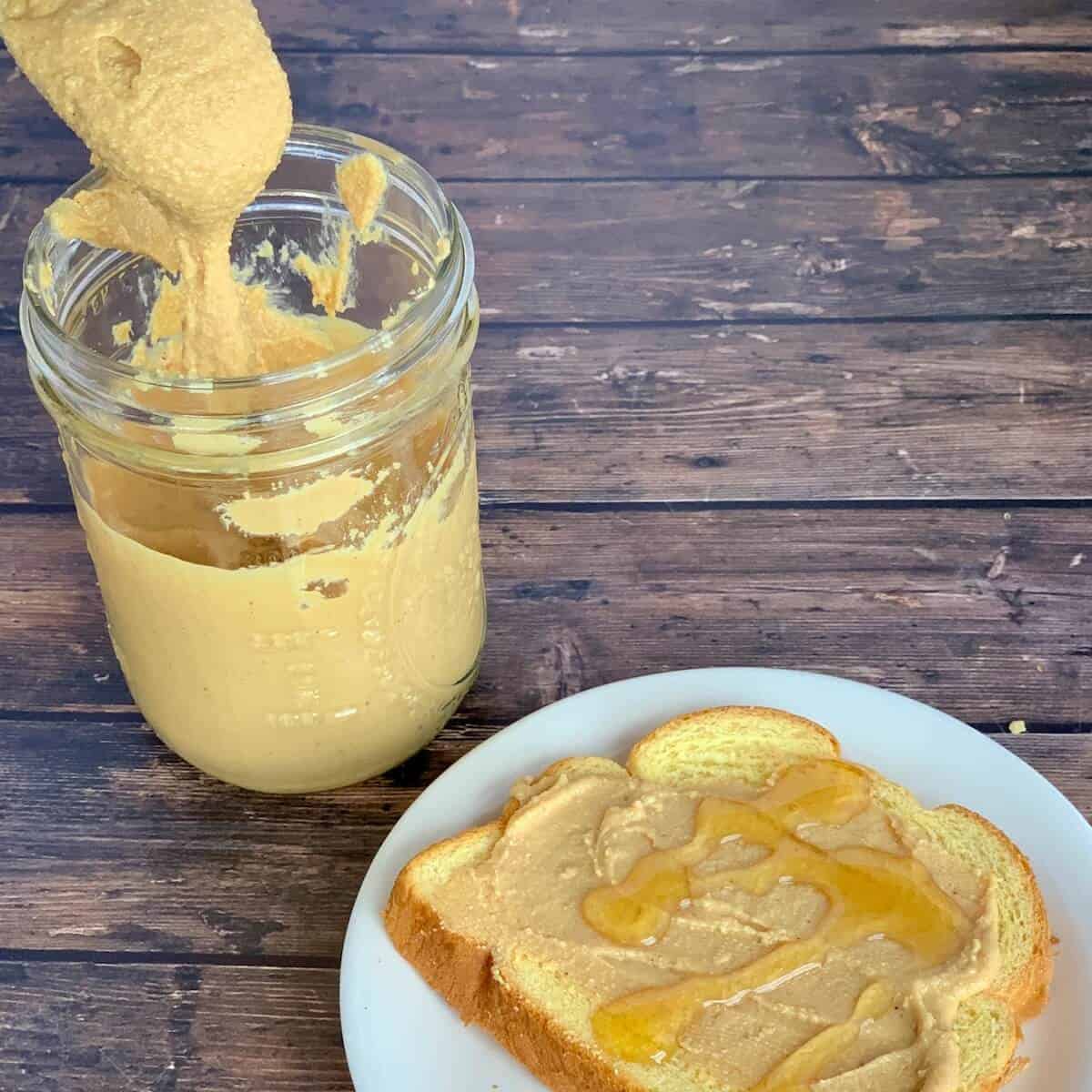
Recipe

How to Make Homemade Peanut Butter
Equipment
- food processor fitted with blade attachment or blender
Ingredients
- 1 1-lb jar peanuts, unsalted and dry roasted, see Recipe Notes
- ¾ to 1 teaspoon kosher salt, or to taste, optional
- 1 to 2 tablespoons honey, or another sweetener, optional, see Recipe Notes
- 1 to 2 tablespoons peanut oil, or another neutral oil, optional, see Recipe Notes
Instructions
- Warm the peanuts: This step is optional but it helps to warm up the peanuts and loosen the oils for easier blending and a creamier finished product. Arrange a rack in the middle of the oven and preheat to 350°F.
- Place roasted peanuts on a half sheet baking pan lined with a Silpat silicone mat or parchment paper. Bake for 5 minutes.
- Make the peanut butter: Place the peanuts into the bowl of a food processor fitted with the blade attachment or blender (still warm, if you baked them).
- Pulse the peanuts a few times to start getting them chopped. For chunky peanut butter, remove about ⅓ cup of the chopped nuts and set aside.
- 1st round: Run the processor continuously for one minute, then stop and scrape down the sides of the bowl. The peanuts will look dry and grainy.
- 2nd round: Run the processor for another minute, then stop and scrape down the sides of the bowl. The peanuts will start clumping together.
- 3rd round: Run the processor for another minute, then stop and scrape down the sides of the bowl. Now it will start looking like thick, glossy peanut butter. Almost there!
- Add the salt (if using). See the recipe notes for making the finished peanut butter creamier or sweeter.
- 4th round: Run the processor for one to two minutes more until the product is completely smooth. Taste to adjust the saltiness (or texture or sweetness, if desired).
- If you set aside some chopped nuts, add them now and quickly pulse them in.
- Transfer the product to a clean jar. If you warmed the peanuts first, allow the peanut butter to cool to room temperature before closing the jar.
- This recipe yields about 1½ cups of finished peanut butter.
- Storage instructions: Homemade peanut butter will last refrigerated in a sealed container for up to 3 months. There’s no need to stir the peanut butter as it won’t separate, so you can enjoy it immediately!







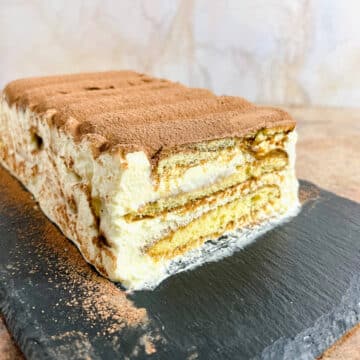

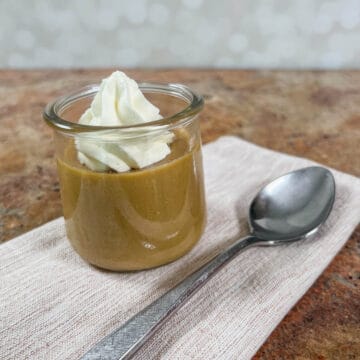
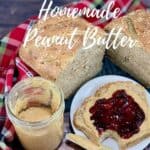

Comments
No Comments